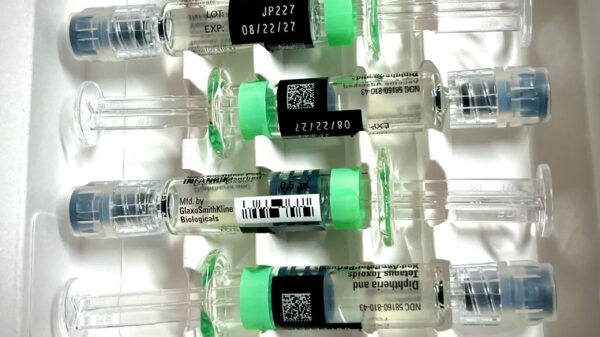The yellow school bus is a familiar sight in communities across the United States, playing a vital role in transporting approximately 26 million students daily. This iconic vehicle, recognized for its bright hue, is not merely a tradition; it serves essential safety functions. The distinct color of school buses enhances visibility, helping to protect young passengers as they travel to and from school.
The Origins of the Yellow School Bus
The origin of the yellow school bus can be traced back to Frank Cyr, a professor at Columbia University. Often referred to as the “Father of the Yellow School Bus,” Cyr organized a national safety conference in the late 1930s that aimed to establish standardized safety regulations for school transportation. At this conference, representatives from school bus manufacturers and transportation officials from 48 states gathered to discuss the pressing need for uniformity in school bus design and color.
Cyr’s selection of the color was a meticulous process. He chose what is officially known as “National School Bus Glossy Yellow” from a palette of 50 swatches. This specific shade was determined to be most visible in semi-darkness, crucial during the early morning hours when students are often picked up. Cyr’s initiative stemmed from concerns about inconsistent practices he observed, including a Kansas district that used horse-drawn wagons and another that painted its buses in red, white, and blue for patriotic reasons.
Safety and Standards
Despite evolving standards over the years, the bright yellow color has remained unchanged. The visibility of yellow is credited with significantly enhancing student safety. According to the National Highway Traffic Safety Administration, less than 1% of all traffic fatalities involve students on school buses, a statistic attributed to the safety measures established during Cyr’s conference.
While there are no federal requirements mandating that school buses must be yellow, many states, including Ohio, enforce this guideline. In Ohio, for instance, a school bus can fail state inspection if it does not adhere to the proper hue. This reinforces the commitment to maintaining safety standards that protect students.
Research indicates that humans have evolved to quickly identify yellow, making it one of the few mammals with a third color-processing cone in the eye. This adaptation enhances the ability to spot yellow objects, such as ripe fruit against green foliage. A study from Iowa State University suggests that humans are particularly sensitive to yellow-green shades, further explaining the effectiveness of the school bus color in low-light conditions.
As the academic year begins, transportation safety organizations urge drivers to remain vigilant and familiarize themselves with local bus safety laws. Recognizing the bright yellow school bus is essential for ensuring the safety of students as they embark on their daily journeys to education.





































































